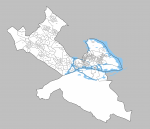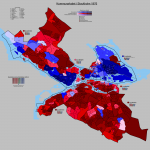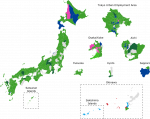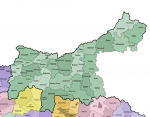msmp
Insert Pine Tree Flag Here
- Pronouns
- he/him/his
You're right; Straucher was definitely an assimilationist first and foremost. He clashed quite a bit with the Bundistn (Romanian/Galician Bundists, ie the Jewish trade union and socialist movement), as well as the Poale Zion (dissenting socialist Zionists who had lost to integrationists around the turn of the century for control of the various Bund movements) over the issue of assimilation versus exodus. He was an interesting fellow outside of all of this too; his career at the local level helped to elect the first Jewish mayor of any "major" city in the Austrian empire.
This entire era of history in Bukovina and Galica is interesting because it exposes one of the biggest cleavages in Jewish politics: the question of language. Traditionalists wanted to continue the work of the Hebrew-language revival, whereas Bundists across eastern Europe were increasingly in favor of elevating Yiddish to be a pan-Jewish community language. Straucher was in a third, minority grouping as an assimilationist: he wanted Jews to learn German to better integrate into the Empire. When that failed to gain traction, he fell in with the Yiddishists (though they never really embraced him warmly).
As for why he's being categorized as a Zionist, my bet is it's that it's because he was associated with some of Jabotinsky's school of thought (albeit not the Zionist part, so it's still quite curious).
This entire era of history in Bukovina and Galica is interesting because it exposes one of the biggest cleavages in Jewish politics: the question of language. Traditionalists wanted to continue the work of the Hebrew-language revival, whereas Bundists across eastern Europe were increasingly in favor of elevating Yiddish to be a pan-Jewish community language. Straucher was in a third, minority grouping as an assimilationist: he wanted Jews to learn German to better integrate into the Empire. When that failed to gain traction, he fell in with the Yiddishists (though they never really embraced him warmly).
As for why he's being categorized as a Zionist, my bet is it's that it's because he was associated with some of Jabotinsky's school of thought (albeit not the Zionist part, so it's still quite curious).










